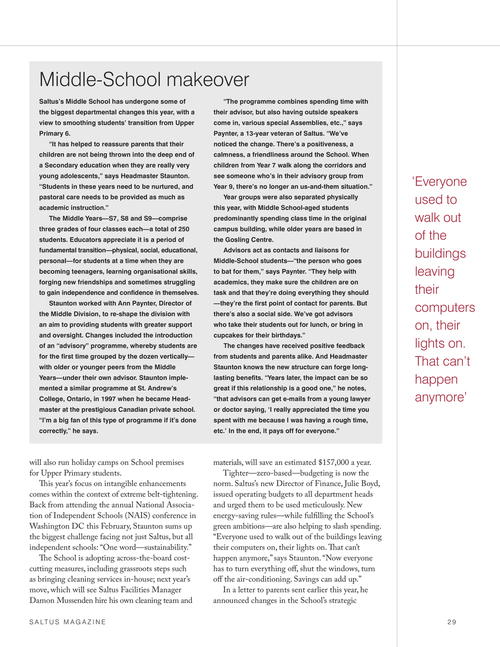- Page 1
- Page 2
- Page 3
- Page 4
- Page 5
- Page 6
- Page 7
- Page 8
- Page 9
- Page 10
- Page 11
- Page 12
- Page 13
- Page 14
- Page 15
- Page 16
- Page 17
- Page 18
- Page 19
- Page 20
- Page 21
- Page 22
- Page 23
- Page 24
- Page 25
- Page 26
- Page 27
- Page 28
- Page 29
- Page 30
- Page 31
- Page 32
- Page 33
- Page 34
- Page 35
- Page 36
- Page 37
- Page 38
- Page 39
- Page 40
- Page 41
- Page 42
- Page 43
- Page 44
- Page 45
- Page 46
- Page 47
- Page 48
- Flash version
© UniFlip.com
- Page 2
- Page 3
- Page 4
- Page 5
- Page 6
- Page 7
- Page 8
- Page 9
- Page 10
- Page 11
- Page 12
- Page 13
- Page 14
- Page 15
- Page 16
- Page 17
- Page 18
- Page 19
- Page 20
- Page 21
- Page 22
- Page 23
- Page 24
- Page 25
- Page 26
- Page 27
- Page 28
- Page 29
- Page 30
- Page 31
- Page 32
- Page 33
- Page 34
- Page 35
- Page 36
- Page 37
- Page 38
- Page 39
- Page 40
- Page 41
- Page 42
- Page 43
- Page 44
- Page 45
- Page 46
- Page 47
- Page 48
- Flash version
© UniFlip.com

Middle-School makeover
Saltus’s Middle School has undergone some of the biggest departmental changes this year, with a view to smoothing students’ transition from Upper Primary 6. “It has helped to reassure parents that their children are not being thrown into the deep end of a Secondary education when they are really very young adolescents,” says Headmaster Staunton. “Students in these years need to be nurtured, and pastoral care needs to be provided as much as academic instruction.” The Middle Years—S7, S8 and S9—comprise three grades of four classes each—a total of 250 students. Educators appreciate it is a period of fundamental transition—physical, social, educational, personal—for students at a time when they are becoming teenagers, learning organisational skills, forging new friendships and sometimes struggling to gain independence and confidence in themselves. Staunton worked with Ann Paynter, Director of the Middle Division, to re-shape the division with an aim to providing students with greater support and oversight. Changes included the introduction of an “advisory” programme, whereby students are for the first time grouped by the dozen vertically— with older or younger peers from the Middle Years—under their own advisor. Staunton implemented a similar programme at St. Andrew’s College, Ontario, in 1997 when he became Headmaster at the prestigious Canadian private school. “I’m a big fan of this type of programme if it’s done correctly,” he says. “The programme combines spending time with their advisor, but also having outside speakers come in, various special Assemblies, etc.,” says Paynter, a 13-year veteran of Saltus. “We’ve noticed the change. There’s a positiveness, a calmness, a friendliness around the School. When children from Year 7 walk along the corridors and see someone who’s in their advisory group from Year 9, there’s no longer an us-and-them situation.” Year groups were also separated physically this year, with Middle School-aged students predominantly spending class time in the original campus building, while older years are based in the Gosling Centre. Advisors act as contacts and liaisons for Middle-School students—“the person who goes to bat for them,” says Paynter. “They help with academics, they make sure the children are on task and that they’re doing everything they should —they’re the first point of contact for parents. But there’s also a social side. We’ve got advisors who take their students out for lunch, or bring in cupcakes for their birthdays.” The changes have received positive feedback from students and parents alike. And Headmaster Staunton knows the new structure can forge longlasting benefits. “Years later, the impact can be so great if this relationship is a good one,” he notes, “that advisors can get e-mails from a young lawyer or doctor saying, ‘I really appreciated the time you spent with me because I was having a rough time, etc.’ In the end, it pays off for everyone.”
‘Everyone used to walk out of the buildings leaving their computers on, their lights on. That can’t happen anymore’
will also run holiday camps on School premises for Upper Primary students. This year’s focus on intangible enhancements comes within the context of extreme belt-tightening. Back from attending the annual National Association of Independent Schools (NAIS) conference in Washington dC this February, Staunton sums up the biggest challenge facing not just Saltus, but all independent schools: “One word—sustainability.” The School is adopting across-the-board costcutting measures, including grassroots steps such as bringing cleaning services in-house; next year’s move, which will see Saltus Facilities Manager damon Mussenden hire his own cleaning team and
S A LT U S M A G A Z I N E
materials, will save an estimated $157,000 a year. Tighter—zero-based—budgeting is now the norm. Saltus’s new director of Finance, Julie Boyd, issued operating budgets to all department heads and urged them to be used meticulously. New energy-saving rules—while fulfilling the School’s green ambitions—are also helping to slash spending. “Everyone used to walk out of the buildings leaving their computers on, their lights on. That can’t happen anymore,” says Staunton. “Now everyone has to turn everything off, shut the windows, turn off the air-conditioning. Savings can add up.” In a letter to parents sent earlier this year, he announced changes in the School’s strategic
29